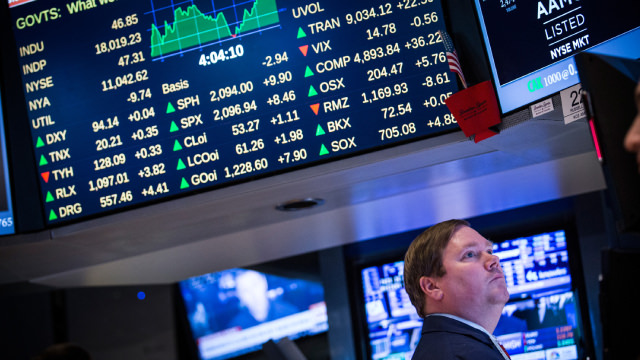Economic data for the first quarter of 2025 indicates a potential contraction, according to the Federal Reserve Bank of Atlanta’s GDPNow tracker, as quoted on CNBC. The model now predicts a 1.5% decline in GDP for the January-to-March period, a sharp decline from its earlier projection of 2.3% growth.
Consumer Spending and Exports Weaken Outlook
The downward revision follows weaker-than-expected consumer spending in January, worsened by severe weather conditions. The Commerce Department reported a 0.2% decline in personal spending, missing the expected 0.1% increase. Adjusted for inflation, spending dropped 0.5%, leading to a one-percentage-point reduction in GDP growth.
Although the GDPNow tracker is highly volatile and becomes more reliable as the quarter progresses, it aligns with other indicators signaling a slowdown. The measure initially pointed to 3.9% GDP growth in early February but has steadily declined as new data emerged.
Inflation and Labor Market Concerns
Despite growth concerns, inflation data showed some cooling. The core personal consumption expenditures (PCE) price index, the Fed’s preferred inflation gauge, fell to 2.6% in January, down 0.3 percentage points from December. However, rising unemployment claims—reaching their highest level since early October—signal potential trouble in the labor market.
Bond Market Signals Recession Risks
The bond market is also reflecting fears of slower growth. A key recession indicator—the yield curve inversion—intensified, with the 3-month Treasury yield surpassing the 10-year note yield. Historically, this pattern has been a reliable predictor of a recession within 12 to 18 months.
High Chances of Fed Rate Cuts?
Investors are increasingly betting that the Federal Reserve will respond with multiple interest rate cuts. There is now 32.5% probability of a total of three 25-bp rate cuts by the end of the year, as of Mar. 6, 2025.
Wall Street to Gain Ahead?
The S&P 500 closed out a stormy February on a strong note. The S&P 500 could get a seasonal boost in March after a tough February, per strategists, as quoted on CNBC. The S&P 500 Index has surged approximately 40% since the bear market bottom in October 2022.
However, seasoned investors know that markets rarely move in a straight line. In fact, the current bull market has already seen multiple 5% pullbacks. It’s possible that investors were looking for a reason to sell, and tariffs provided that catalyst.
Note that any economic slowdown means that the Fed may cut rates faster than expected. And low rates mean a surge in the stock market. While growth stocks perform better in a low-rate environment, investors should try value stocks and ETFs as well as the present scenario calls for safer investments. The scenario now is caught in the web on chances of higher inflation, economic slowdown and global growth worries.
Against this backdrop, investors can tap risk-on exchange-traded funds (ETFs) like Vanguard S&P 500 ETF (VOO – Free Report) , Invesco QQQ Trust Series I (QQQ – Free Report) , Vanguard Total Stock Market ETF (VTI – Free Report) , Vanguard Value Index Fund ETF Shares (VTV – Free Report) and iShares Core S&P Mid-Cap ETF (IJH – Free Report) .
Financial Market Newsflash
No financial news published today. Check back later.



